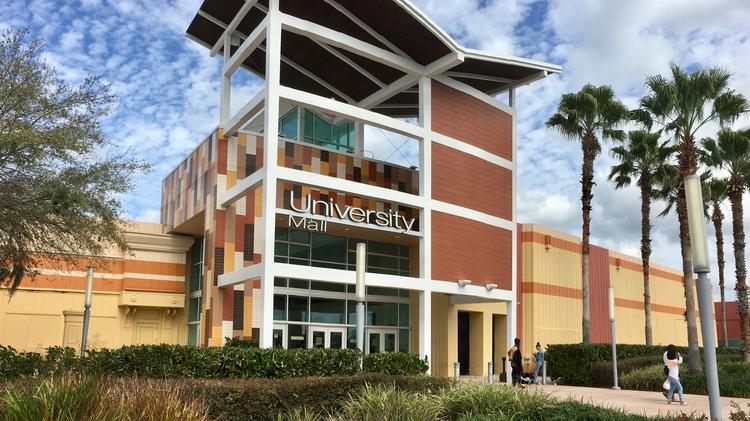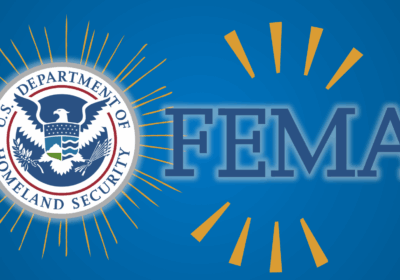USF area neighborhoods need development without displacement

The University Area, a diverse working-class community north and west of the USF campus, has long been viewed through the lens of its challenges. Employment opportunities fall short and many residents live below the poverty line, while crime and public safety have been long-standing issues.
Over the past decade, however, the community has worked with leaders in nonprofits, business and government to usher in a steady transformation. Today, the University Area boasts a community center, community garden, a new library and a public park, largely organized under the University Area Community Development Corporation (UACDC).
Yet as new developments enter the area, low-income residents become vulnerable to gentrification. In the interest of shared prosperity, local leaders in business and government must continue the UACDC’s progress.
This year, redevelopment efforts are entering a new phase. The Tampa City Council and the Hillsborough County Commission have pledged over a million dollars to the Tampa Innovation Partnership, a coalition of businesses and nonprofits (including the UACDC), to draft a plan to bring new investments to the area.
One of the coalition’s flagship projects is a $2 billion redevelopment of the University Mall, which aims to convert empty stores into mixed-use residential and office spaces.
While these new changes are cause for hope, they also raise concerns about displacement. As the community adds infrastructure and businesses, it raises property values, potentially driving up rents in the surrounding neighborhood.
Sarah Combs, CEO of the UACDC, said in an interview with The Oracle that she shared these concerns and identified strategies to move forward.
“We definitely want to make improvements to the community, but not at the cost of residents.”
One key strategy on the UACDC’s part is signing community benefits agreements (CBAs), which are contracts with developers that require them to provide amenities to the community and hire locally. Ideally, any new projects should have these agreements attached.
The UACDC has also been carving out its own strategies to help residents stay put: buying and banking land for affordable housing. It operates a handful of apartment complexes through its real estate arm, Harvest Hope Properties LLC, and recently gave away 10 new single-family homes to University Area residents. By stepping outside the private market, their approach makes quality homes accessible to working families.
Combs said that while these strategies have been successful, the UACDC cannot go at it alone.
“We’re in a housing crisis… There’s not enough affordable housing for the people that are living in this community,” she said.
If the Hillsborough County government started its own land banking program, for instance, that would help alleviate the housing problem while preventing gentrification.
As the University Area community looks toward the 2020s, they need the promise that they can prosper from new developments and stay rooted in their homes. Local leaders should embrace pathbreaking strategies like land banking and CBAs to make good on that promise.
Nathaniel Sweet is a senior studying political science.







